AARP Hearing Center

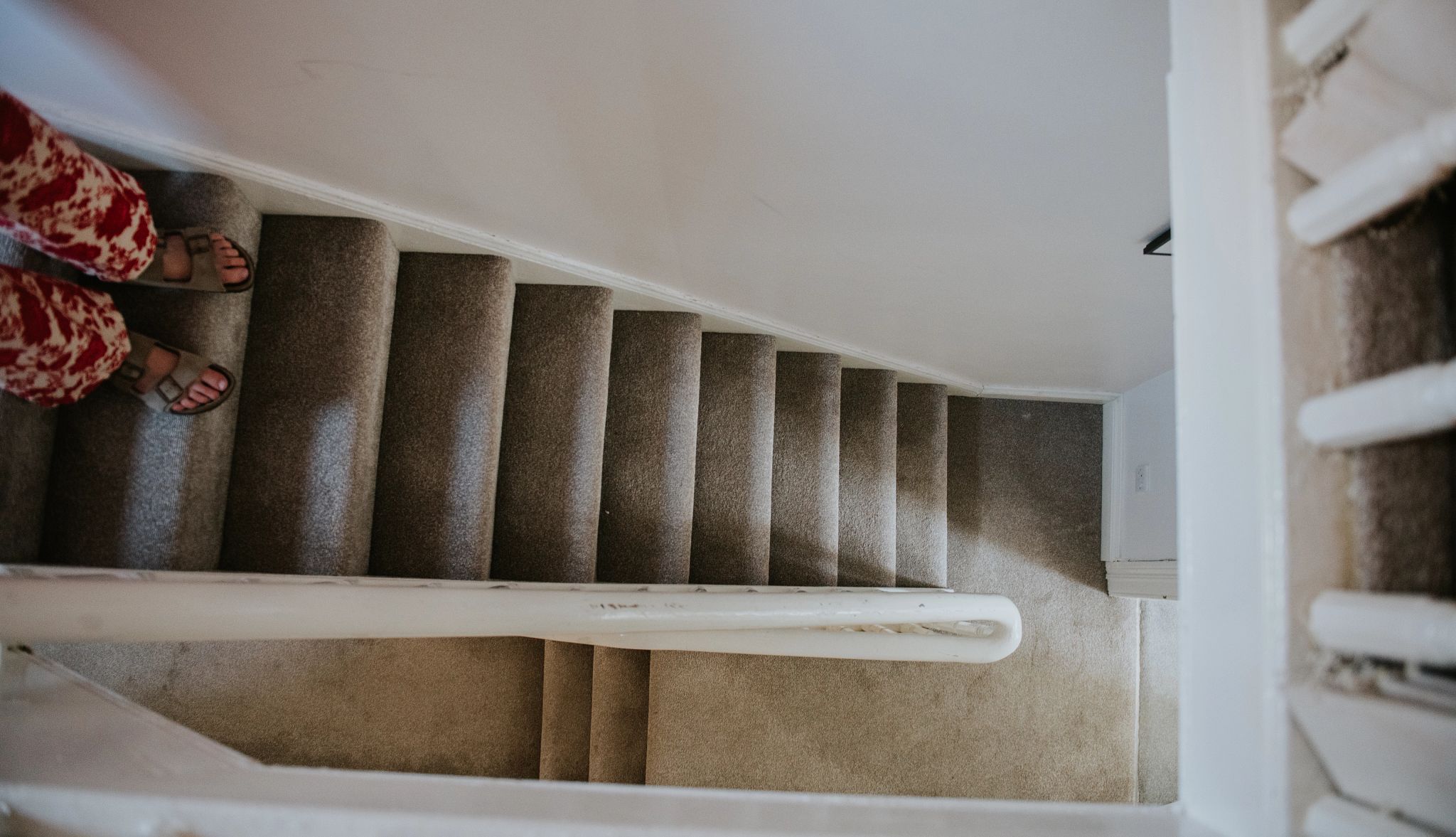
With loved ones living longer and needing more care, many families struggle with the best way to help an aging relative.
More than three-quarters of U.S. adults age 50 and older want to stay in their current homes for as long as possible, but 1 in 10 adults over 65 reported having difficulty living in or using their home, including climbing the stairs, according to an October 2023 U.S. Census Bureau report. About 40 percent of U.S. homes are "aging-ready," meaning they have a step-free entryway and a first-floor bathroom and bedroom. Other age-friendly modifications are rare: Only 5 percent of homes have a ramp, and only 1 percent have some kind of lift to assist with stairs.
Adapting your home to accommodate another’s needs is a step some are hesitant to make. But if you’re contemplating this move, consider advice from the experts who say the trend is likely to continue as the nation’s population ages.
“We’re hearing more from the caregivers that are modifying their home so their older relative can move in with them,” says Sandy Markwood, chief executive of USAging, a national association of local Area Agencies on Aging.
Step 1: Low-cost safety tips
Many people find that they can make these changes themselves.
- Add textured, no-slip strips in the bathtub and shower.
- Apply nonslip wax on floors.
- Use a shower chair, preferably with a back.
- Put nonskid treads on steps.
- Remove throw rugs.
- Remove wheels on chairs.
- Replace standard doorknobs with lever handles.
- Replace toilet with a raised or high-profile toilet.
- Use rubber-backed bathmats.
Step 2: Expensive changes
These modifications often require professional help to make a home more accessible for a wheelchair.
- Alter the shower for walk-in rather than step-over entry.
- Create zero-threshold entryways.
- Move light switches for easy reach from a wheelchair or bed.
- Widen doorways and hallways.
Those agencies can provide in-home safety assessments, Markwood says. But she acknowledges the accommodations are often not easy.
“The first thing people think of is, This is going to look like a hospital, and I don’t want my house to look bad,” she says. “There are things you can do that blend in with that decor and make a house a home.”
Assess your home for tripping hazards
Falls are a major health hazard for older Americans, causing 3 million emergency room visits and 1 million hospitalizations each year, according to the U.S. Centers for Disease Control and Prevention. Some simple, inexpensive adjustments can go a long way toward reducing fall risks, says Bryan Oden, a longtime physical therapist and cofounder of BubbleCare, a Texas-based company that helps families find caregiver assistance. (See this story for tips to help loved ones with dementia stay safe at home.)
Watch out for pets. To prevent tripping, Oden recommends having a secure area for the pet as the older resident moves around. “It’s a huge fall risk,” he says. “At no point in time have I ever said, ‘You need to get rid of your animal.’ But at the same time, you need to keep them away.”
Signal changes in floor surface. Changes in floor surfaces from tile to wood or carpet create potential dangers at doorways. “A great recommendation is putting orange tape to help alert you,” Oden says.































































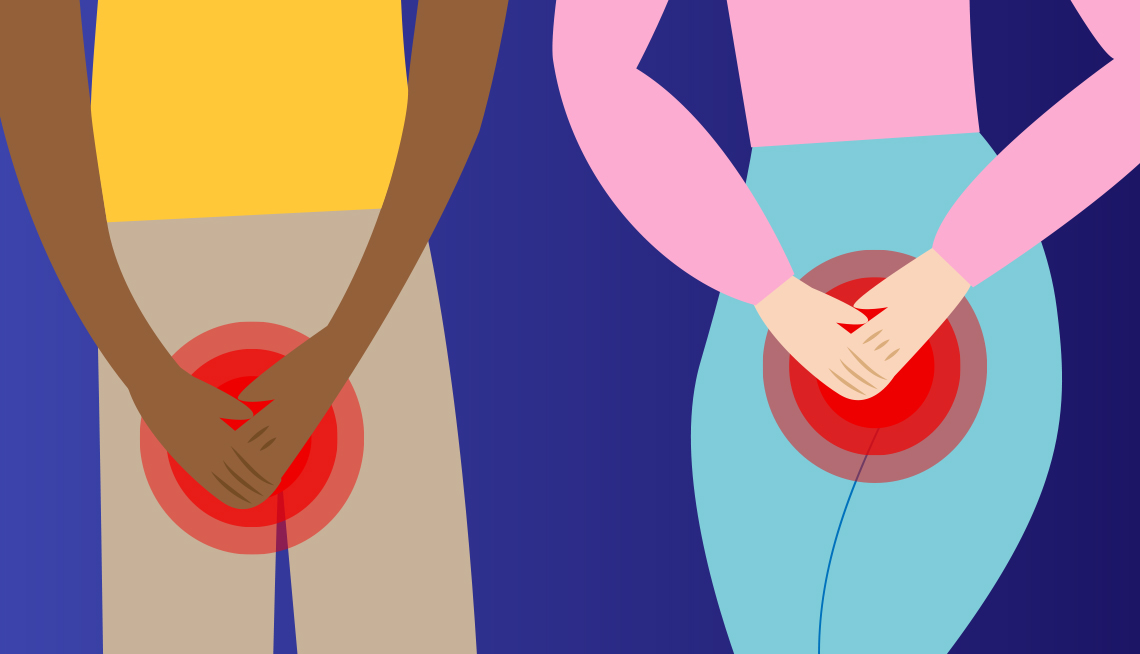
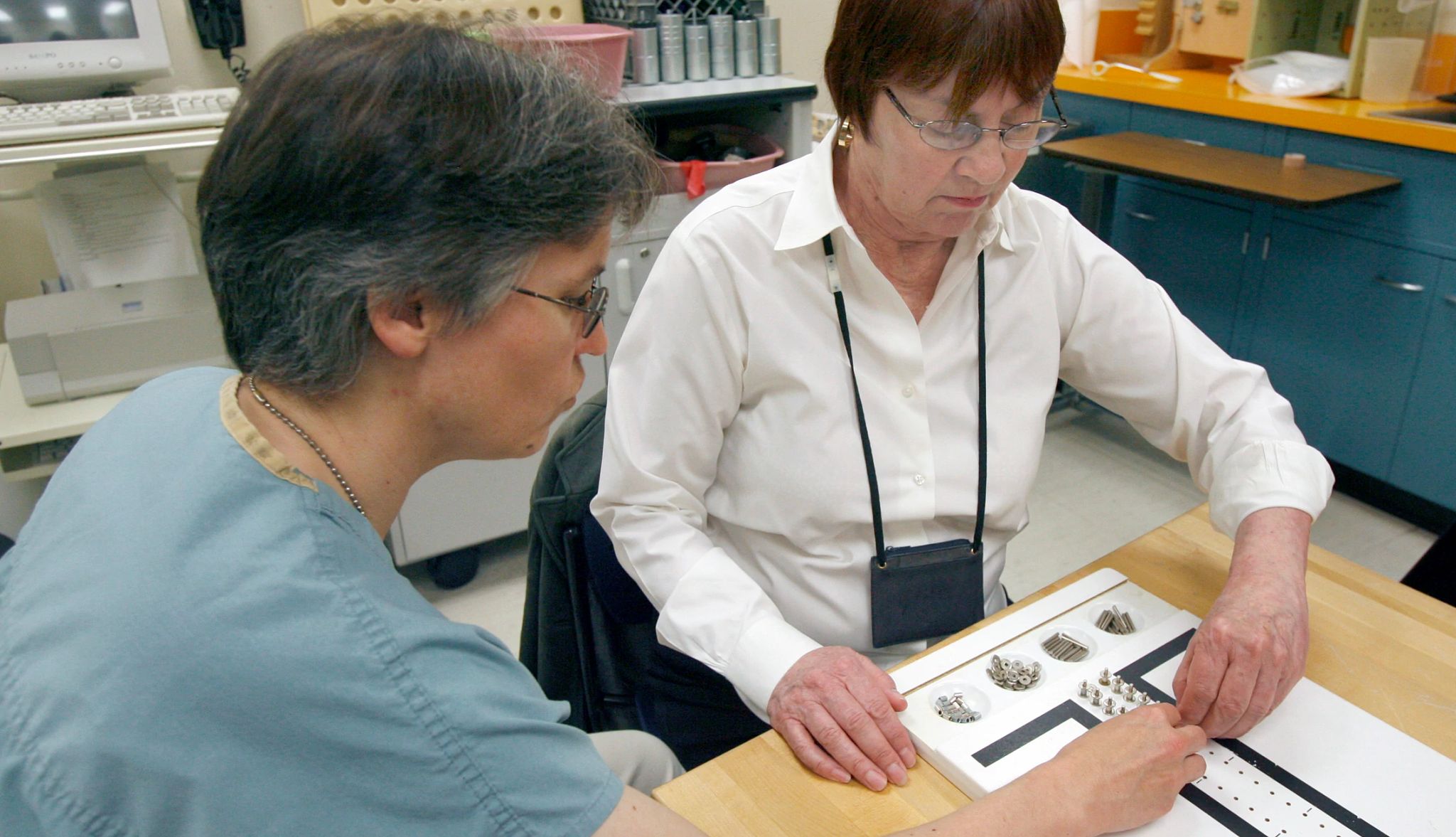


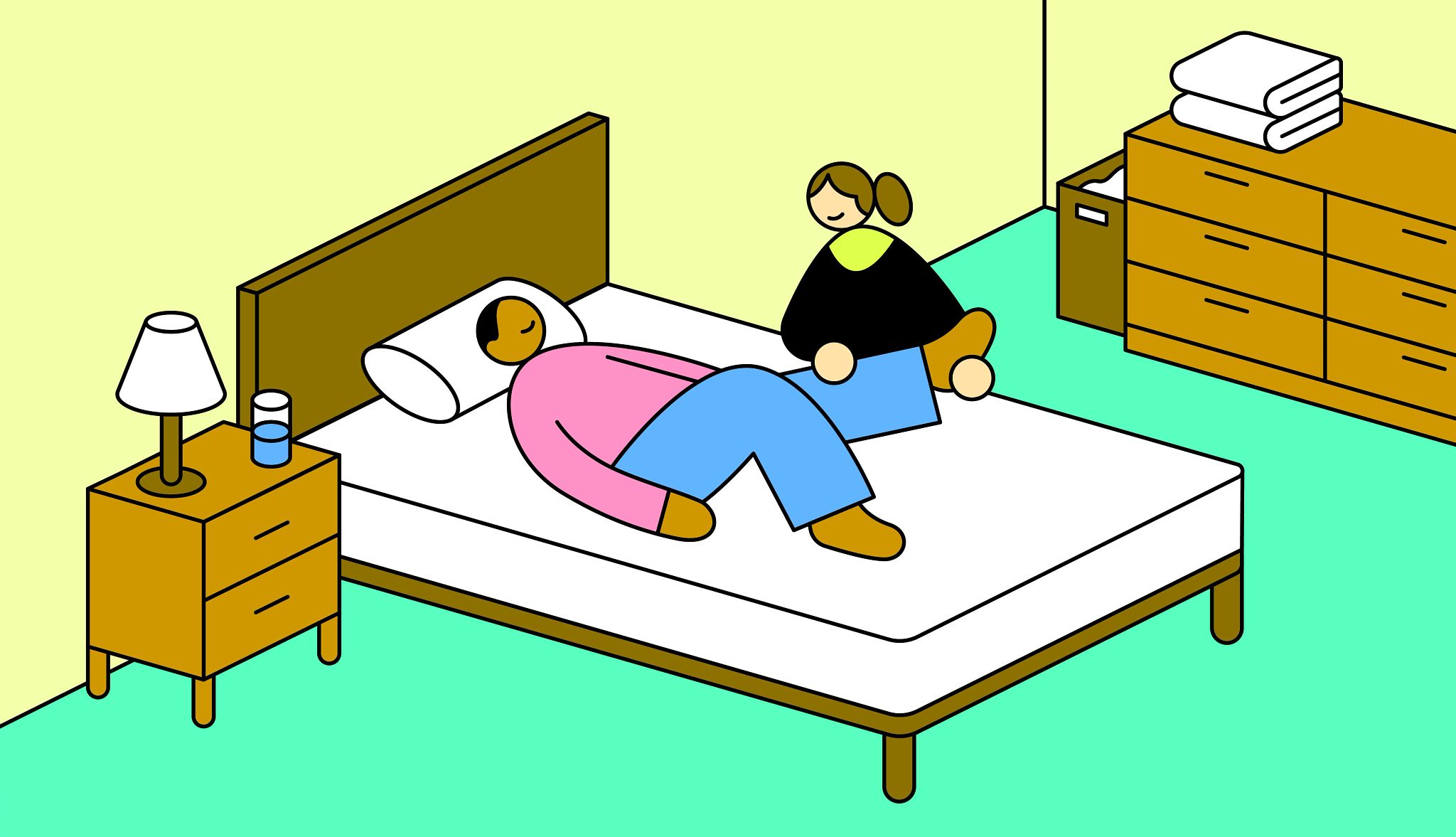
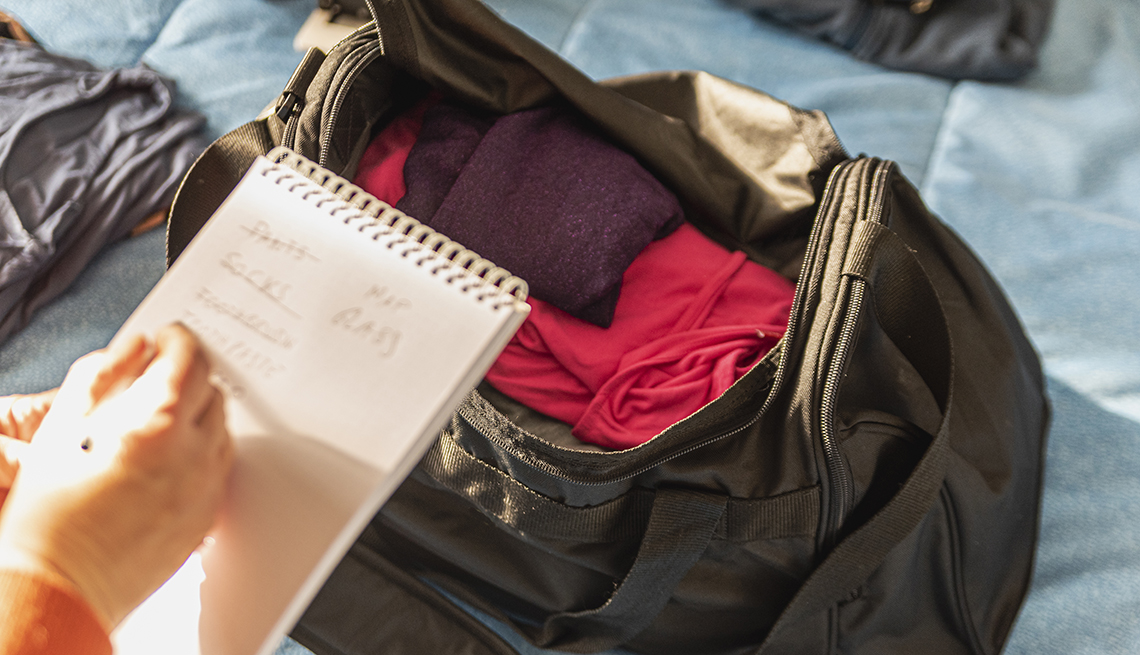
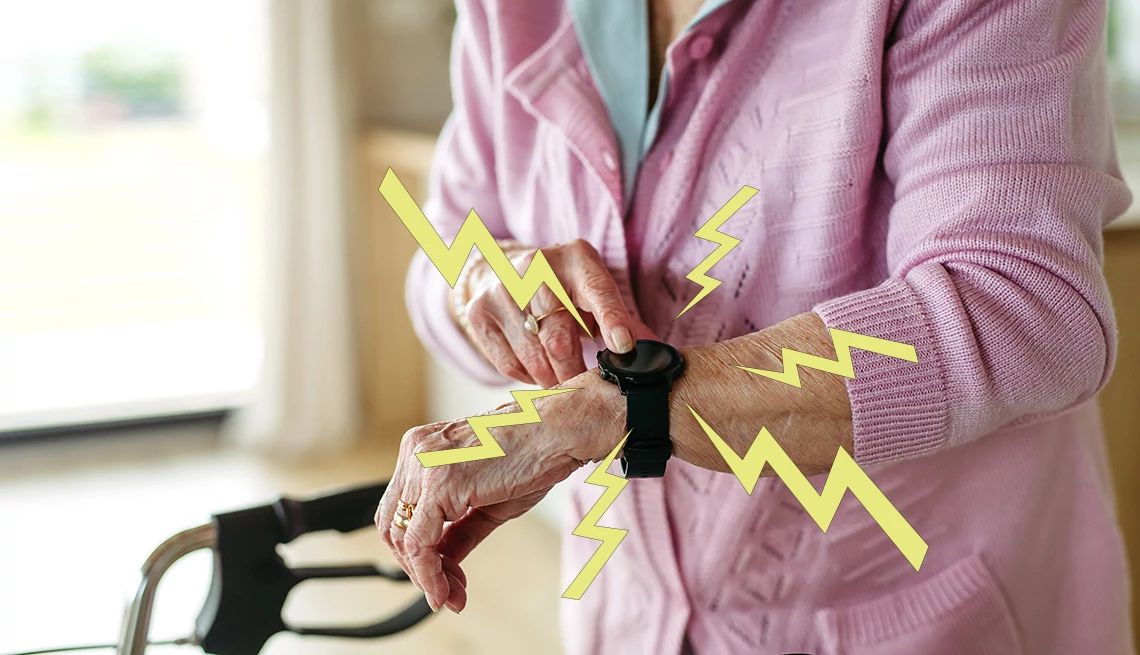




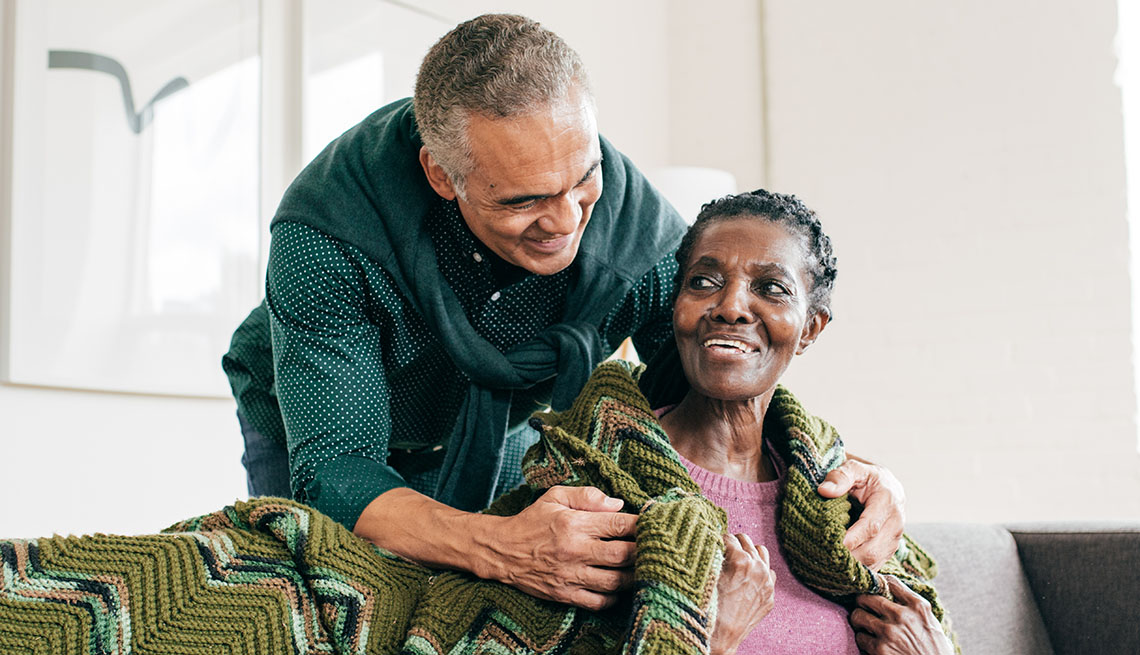

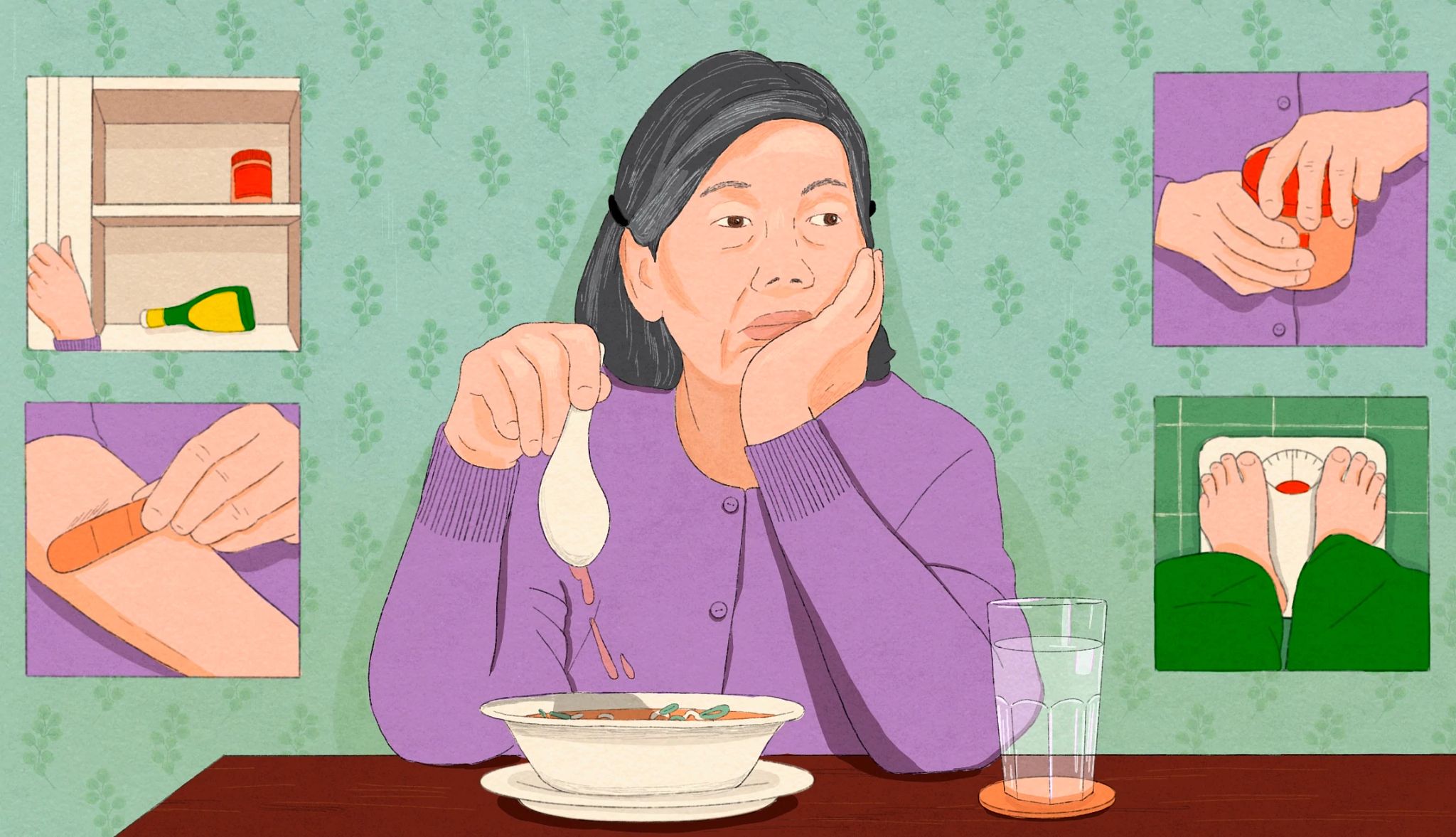
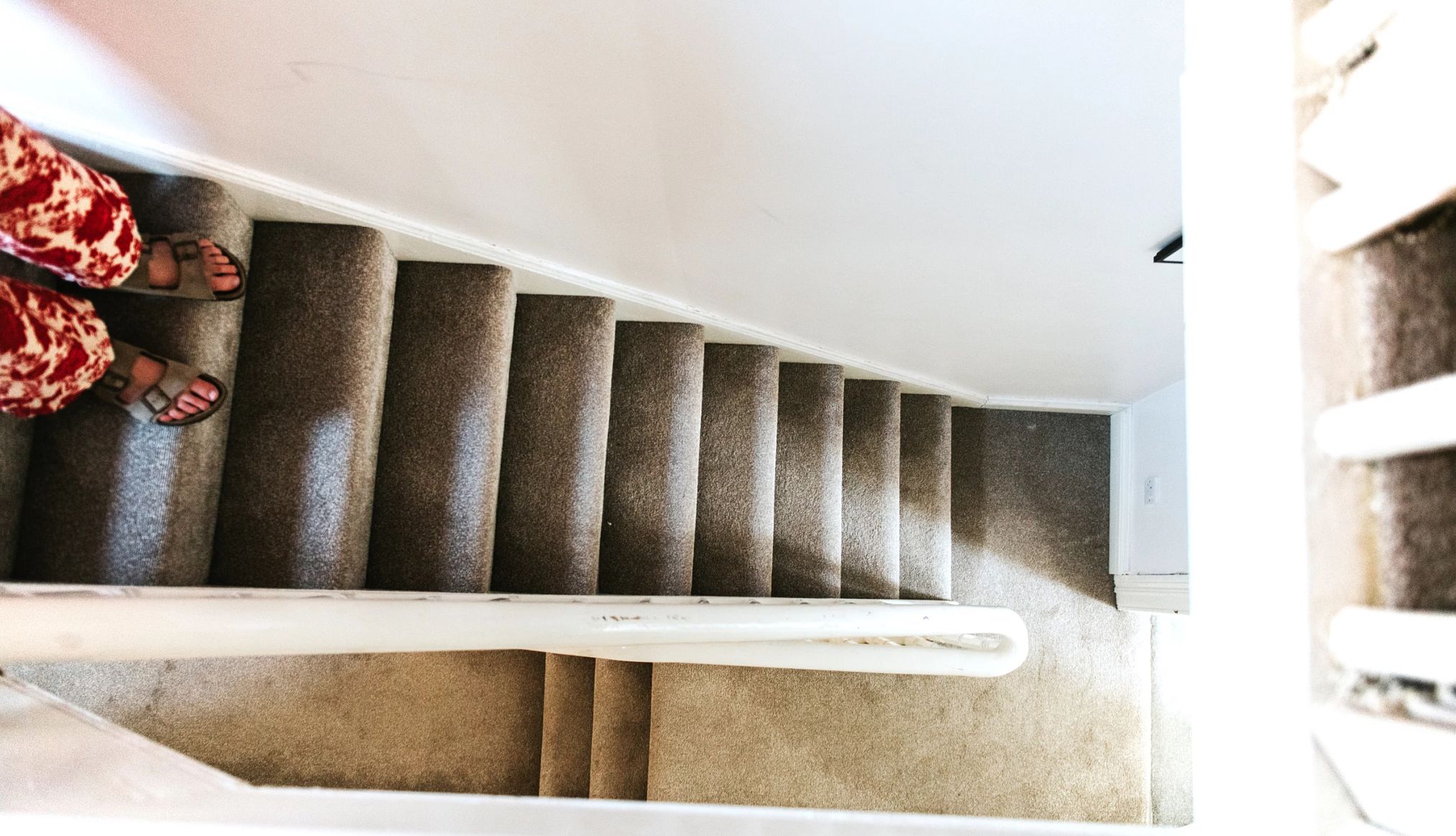






More from AARP
5 Things to Know Before Purchasing a Doorbell Camera
Do your homework on extra costs, privacy and upkeepCare Tips to Keep Dementia Patients Safe at Home
Follow these tips to ensure the safety of your loved ones with dementia and Alzheimer’sHow Geriatric Care Managers Can Help Family Caregivers
Aging care professionals provide advocacy, guidance